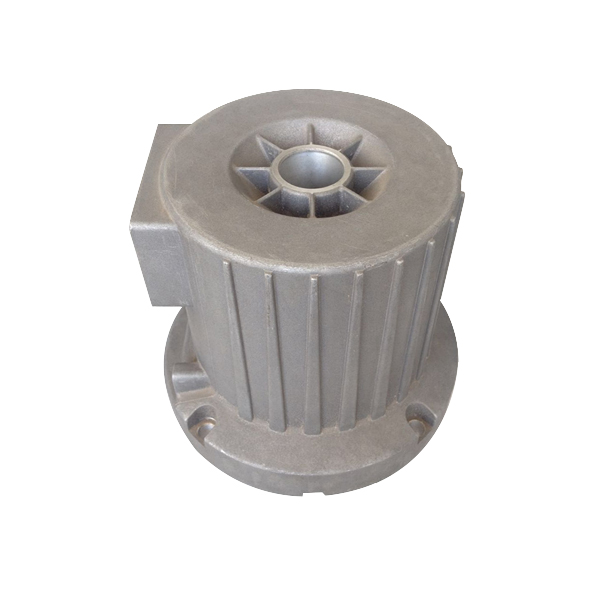Mobile:+86-311-808-126-83
Email:info@ydcastings.com
Understanding the Importance of Impeller Casing in Pump Efficiency and Performance Optimization
Understanding Impeller Casing Design, Function, and Importance
The impeller casing, also known as the volute or casing, plays a vital role in various fluid systems, particularly in pumps and turbines. This critical component serves as a housing for the impeller, which is the rotating part designed to impart energy to the fluid being moved. Understanding the function, design considerations, and significance of impeller casings can illuminate their role in engineering applications.
Function of Impeller Casing
The primary function of the impeller casing is to direct the flow of fluid into and out of the impeller efficiently. As the impeller spins, it creates a low-pressure area that allows the fluid to enter through the inlet. The casing's design helps guide the fluid smoothly into the impeller, minimizing turbulence and maximizing energy transfer. Once the fluid passes through the impeller, the casing expands outward, transforming the kinetic energy generated by the impeller into pressure energy, facilitating the movement of the fluid through the system.
Casing design also impacts the overall efficiency of the pump or turbine. An effective casing will reduce flow separation and losses, allowing the system to operate at optimal performance. In applications such as hydroelectric power generation, where water flows through turbines, the casing is crucial for maximizing energy conversion and minimizing waste.
Design Considerations
Designing an effective impeller casing requires careful consideration of various factors, including fluid dynamics, material selection, and application requirements. The shape and size of the casing must complement the impeller design to ensure adequate flow paths. Engineers utilize computational fluid dynamics (CFD) simulations to optimize the casing shape, aiming to achieve a balance between efficiency and performance.
impeller casing

Material selection is another critical aspect of casing design. The casing must withstand operational pressures and corrosive environments, especially in applications involving liquids like seawater or chemicals. Common materials include cast iron, stainless steel, and various alloys, chosen based on their mechanical properties and resistance to corrosion.
Moreover, the casing must be designed with maintenance and serviceability in mind. Access points for inspection and cleaning can be pivotal in ensuring the longevity and performance of the system.
Importance in Engineering Applications
The impeller casing's importance extends beyond its immediate function in pumps and turbines—it is integral to the overall efficiency, reliability, and longevity of fluid systems. Whether in industrial applications, such as chemical processing or water treatment, or in energy generation, the impact of well-designed impeller casings can influence operational costs and energy usage.
In recent years, advancements in technology have led to innovations in casing design. The introduction of 3D printing has enabled the development of complex geometries that can further enhance fluid flow and optimize performance. Additionally, the integration of smart sensors within casings allows for real-time monitoring of system performance, enabling predictive maintenance and minimizing downtime.
Conclusion
The impeller casing may often be overlooked, yet its significance in fluid dynamics and engineering design cannot be overstated. By ensuring the efficient transfer of energy from the impeller to the fluid, the casing plays a crucial role in the functionality of pumps and turbines across various industries. As technology continues to evolve, the design and material advancements in impeller casings will further enhance their performance, contributing to more efficient fluid system operations. Recognizing and understanding the vital role of impeller casings can lead to better engineering solutions and innovations in fluid transportation and power generation systems.
-
Why Should You Invest in Superior Pump Castings for Your Equipment?NewsJun.09,2025
-
Unlock Performance Potential with Stainless Impellers and Aluminum End CapsNewsJun.09,2025
-
Revolutionize Your Machinery with Superior Cast Iron and Aluminum ComponentsNewsJun.09,2025
-
Revolutionize Fluid Dynamics with Premium Pump ComponentsNewsJun.09,2025
-
Optimizing Industrial Systems with Essential Valve ComponentsNewsJun.09,2025
-
Elevate Grid Efficiency with High-Precision Power CastingsNewsJun.09,2025











